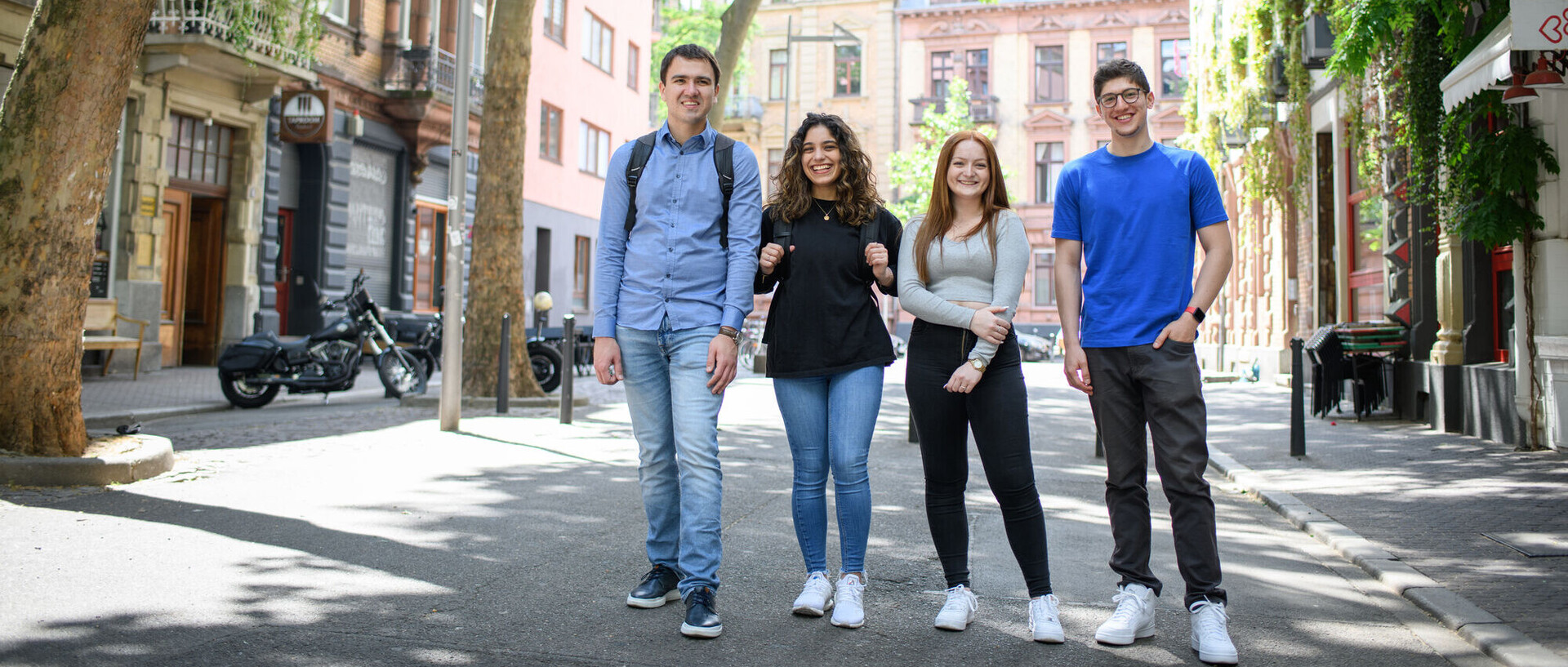Neighborhoods in the City of Mannheim
To help you pick the best neighborhood for you, we asked students of the University of Mannheim to present the area they live in and their favorite spots. No matter which neighborhood you choose: In Mannheim, everything is just a short walk or drive away.
Neckarstadt West

Neckarstadt West is probably the most heterogeneous and diverse neighborhood in Mannheim and – besides Jungbusch – also the most lively. More than 160 different nations live here and the rents are comparatively low. Many trainees and students, but also artists live in the houses from the Gründerzeit era that are mostly well preserved. Hannah Metz says: “The Neckarstadt suffered only minor damage during the war and the Art Nouveau architecture here is mostly in good condition. On the walls in-between, you will see colorful graffiti and traditional businesses that are next to modern cafés. The people in Neckarstadt West are also diverse and colorful.” The average age in this intercultural and lively neighborhood is 38.3 years (source).
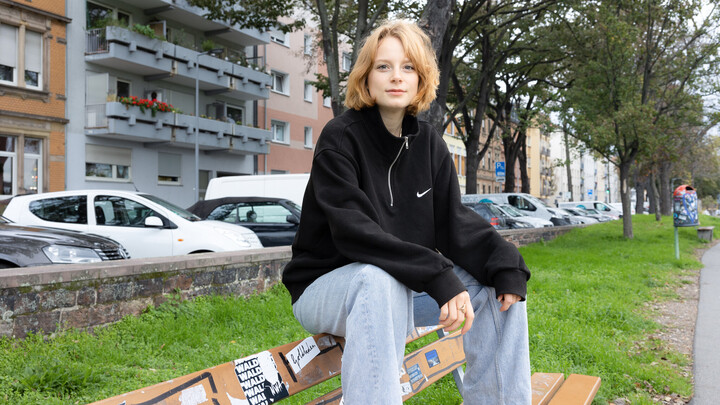
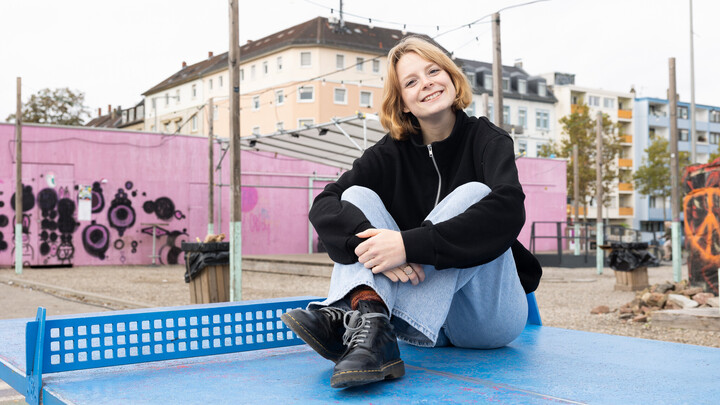
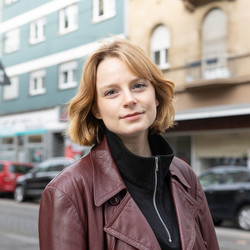
City center/
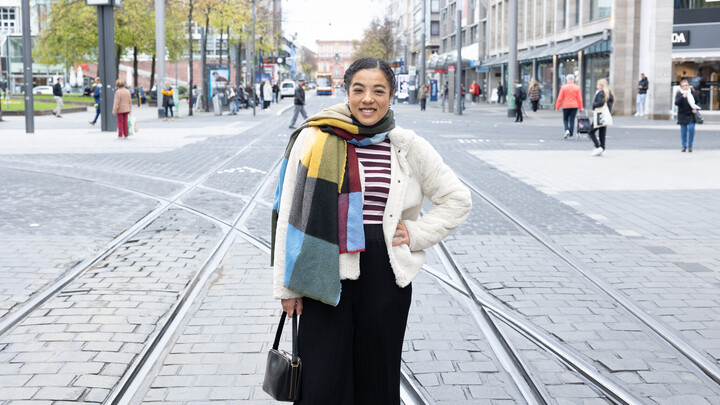
The Quadrate are the heart of Mannheim. There are no street names in this part of town. When the city was founded at the beginning of the 17th century, the city center was planned to be organized in squares so that letters and numbers are used to identify the blocks. From A1 to K4 and from O7 to C8, the 144 squares are bordered by the Luisenring and the Friedrichsring. On the other side, the four-lane Bismarckstraße which leads from the main station to the Schloss separates the Quadrate from the rest of the city. The “Planken”, Mannheim’s pedestrian and shopping area, are also part of the Quadrate. Doctor’s offices, cinemas, administrative offices, and restaurants are here. In this neighborhood, you will find everything you could possibly want and it is the most central place to live. Sabrina Wagner likes living in the Quadrate neigborhood: “I was born in Mannheim and I have always dreamed of living in the Quadrate. As I started my master's program at the University of Mannheim, I was finally able to fulfill my dream. In the Quadrate, you are at the heart of everything, everything is within reach and I am very happy in my apartment in the H-Quadrat I am sharing with two roommates.

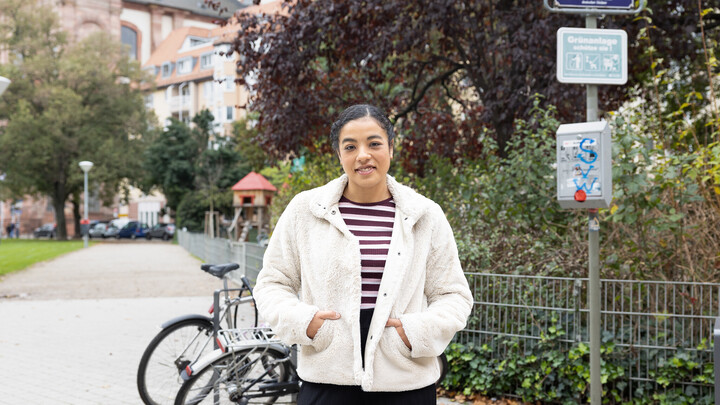
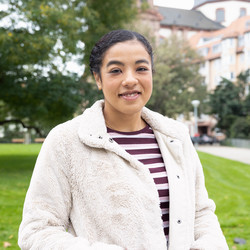
Schwetzinger Vorstadt

The Schwetzingerstadt is next to Oststadt and is only separated by the Augustaanlage. Here and especially along Seckenheimer Straße are many charming cafés and restaurants and the atmosphere is vibrant and relaxing at the same time. You can walk to the city center and have shops for everything you need for your daily life. In Schwetzingerstadt, there is also a little market every week, a zero waste shop and out-of-the ordinary, family-owned stores. Tim Bartelsen loves the neighborhood: “In the Schwetzinger Vorstadt neighborhood, you will find everything you need in your daily life. It is a lively and diverse neighborhood, but there are also green spots to relax and take a breather. If you want to look beyond Schwetzingerstadt, the Luisenpark, the Nationaltheater, and the Wasserturm are very close. The main station is also easy to reach and a good starting point for travel.”

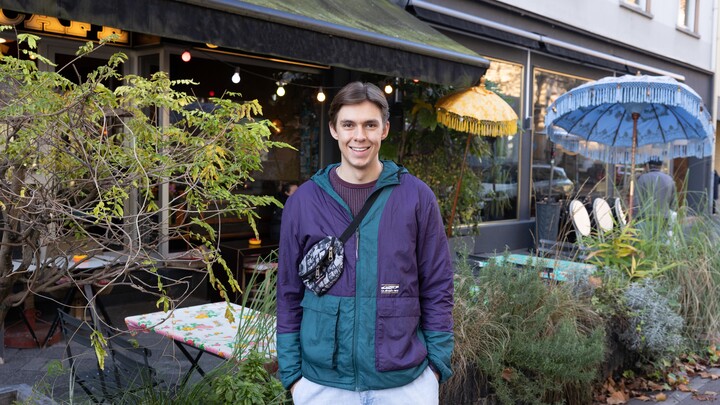

Jungbusch

The lively Jungbusch district was once the harbor and red-light district of Mannheim. However, it was transformed massively during the last years and is now a hip nightlife neighborhood. North of Jungbusch are the Quadrate. The Jungbusch neighborhood is characterized by the numerous bars and restaurants that attract a diverse crowd of people, day and night: Here is always something going on. Laura Kukulenz agrees: “I moved to Jungbusch when I started my studies and I don’t want to leave. The way to the university is quick and easy, the nightlife is at our doorstep, and the Kanal is perfect for going on a run or relaxing with your friends. The Jungbusch neighborhood is really special.” Students, young families, and workers live in the intercultural district, the average Jungbusch resident is 35.4 years old (source), which is comparatively low.

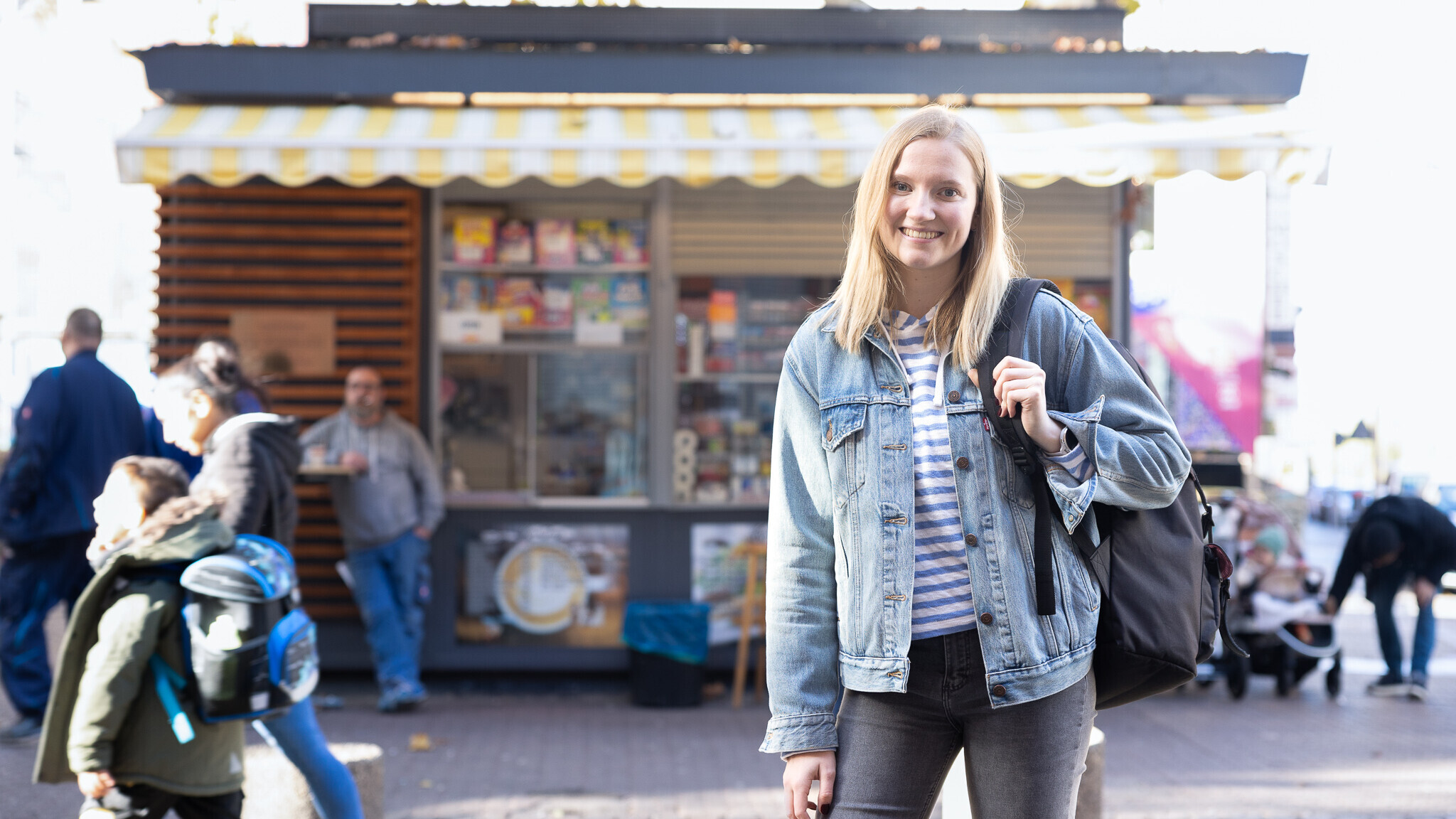
Lindenhof

Lindenhof is a rather green and quiet district of Mannheim. It’s just a very short walk to the Rhine and the large Waldpark, but the main station is not far away as well. On warm, sunny days, many people go to Rheinwiesen to have a picnic, do yoga, or just walk or run along the river. The newly built Qlücksstein-Quartier brings a breath of fresh air to the peaceful neighborhood, in which many families live. The average age is 43.4 years (source).

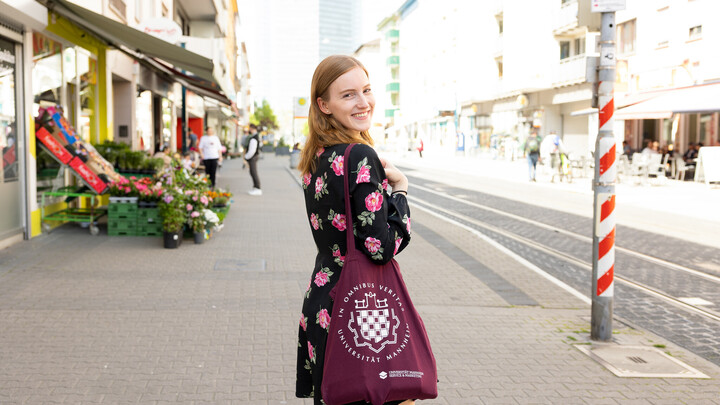
Neckarstadt Ost
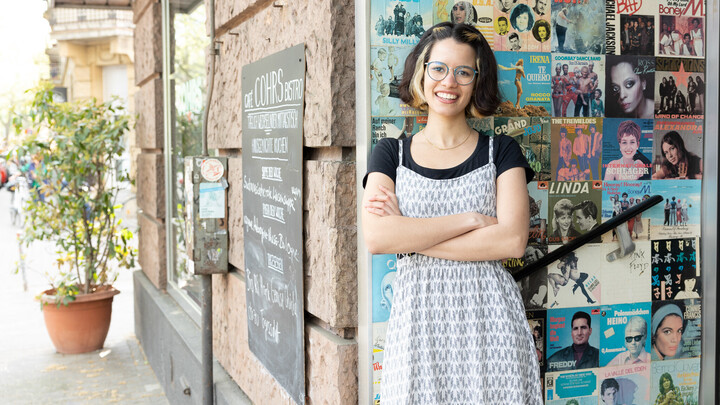
If you cross the Neckar, you will get to Neckarstadt Ost, the calmer twin of Neckarstadt West. Neckarstadt Ost is the cultural and musical heart of the city. Here, you will find Alte Feuerwache, Capitol and ALTER. The Lange Rötterstraße with its numerous cafés and restaurants and the alte Messplatz are the center of life in Neckarstadt Ost. The Herzogenriedpark, which is – besides Luisenpark – one of the “green lungs” of Mannheim, and the university hospital are also in this neighborhood. The Neckarstadt Ost district, where the average age is 41.7 (source) consists of Herzogenried, Wohlgelegen and Neckarstadt-Nordost.



Oststadt
Directly behind the Wasserturm is the Oststadt neighborhood, probably the most noble district in town. Villas from the Gründerzeit era and magnificent trees are lined up along the quiet streets of the district, which becomes more of a residential area the further away you are from the Wasserturm. The Oststadt is also very close to Luisenpark with its large green areas and Kunzerweiher. The rent here is a bit higher. The Nationaltheater, the Rosengarten congree center and the impressive Christuskirche are also part of Oststadt. You will also find some delis, cafés, and bars here.
A bit further away
Behind Neckarstadt, there are the neighborhoods Waldhof, Käfertal, Vogelstang and Gartenstadt. Opposite of Oststadt and on the other side of the Neckar, there is Feudenheim as well as Wallstadt, which are, like Seckenheim, very popular residential areas close to nature. These neighborhoods still have a village-like and cozy atmosphere and are next to forests, fields, or rivers. On the other side of the city, the situation is similar. Lindenhof blends into Almenhof, Niederfeld, Neckarau and Rheinau. Last, but not least, there are also Neuostheim and Neuhermsheim, Sandhofen, Schönau and Friedrichsfeld. The City of Ludwigshafen, where the rents are typically a bit lower, is on the other side of the Rhine.
